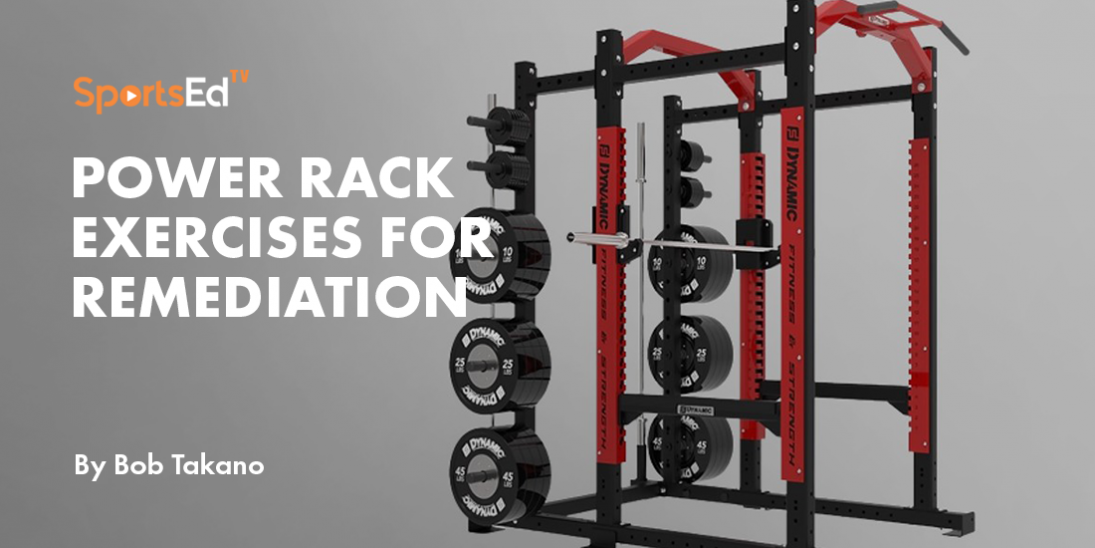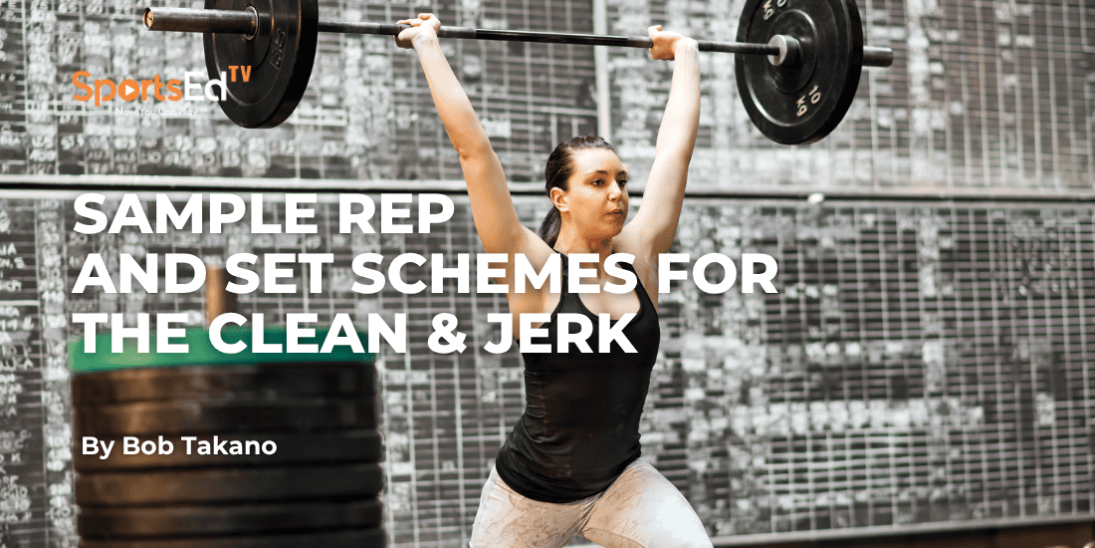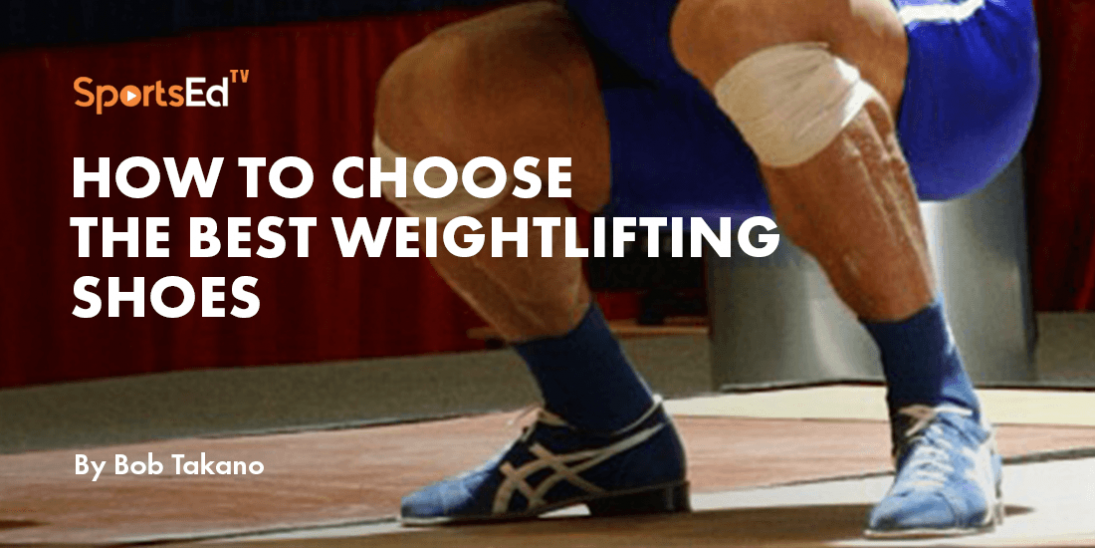Volleyball, Weightlifting
Welcome and thanks for visiting...

Volleyball Strength Training: Protecting Your ACLs
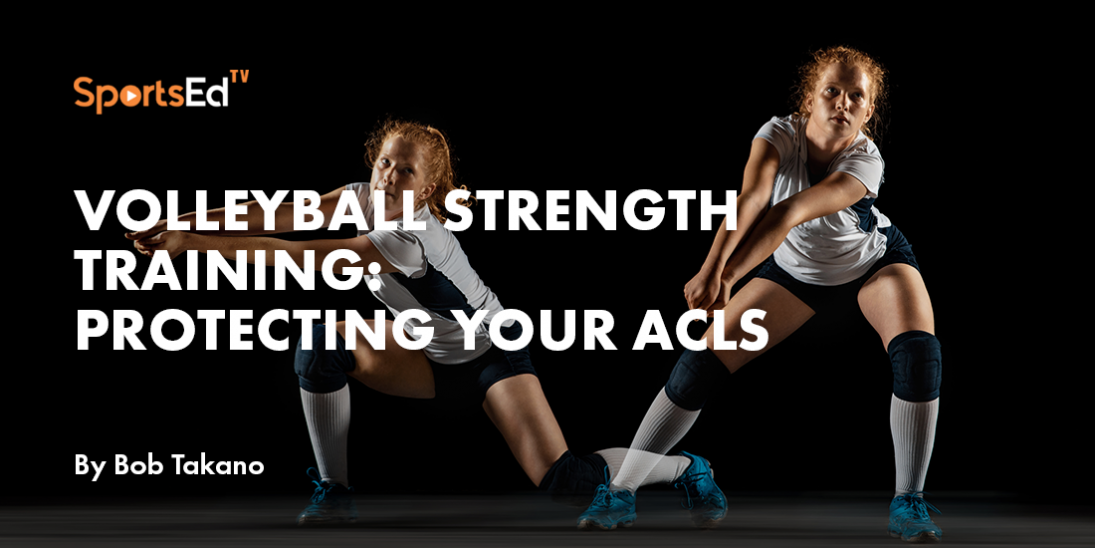
I’ve provided strength and conditioning coaching for female volleyball players since 1992. I’ve worked with hundreds of them, almost entirely high school/club players. As an indication of the quality of athletes, 18 of them have gone on to earn Division 1 scholarships. That statistic in which I take the most pride, however, is the fact that over this 28-year period, none of my athletes has experienced an anterior cruciate ligament (ACL) injury.
I realize that this is anecdotal, but I do believe that it is significant. Each year in the U.S. thousands of female athletes suffer non-contact ACL injuries mainly in the sports of basketball, volleyball, and soccer. The fact that my athletes never suffer these injuries must be at least partly attributable to the strength and conditioning regimen that I provide.
What is the ACL?
The ACL, or Anterior Cruciate Ligament, is one of the four main ligaments in the knee that connects the femur (thighbone) to the tibia (shinbone). It plays a crucial role in stabilizing the knee joint and preventing excessive forward movement of the tibia relative to the femur. The ACL also helps to control the rotation of the knee and prevent hyperextension. Injuries to the ACL are common in sports that involve sudden stops, changes in direction, or jumping, such as basketball, soccer, and volleyball. An ACL tear or rupture is a serious injury that often requires surgical intervention, followed by an extensive rehabilitation process to regain strength and stability in the knee.
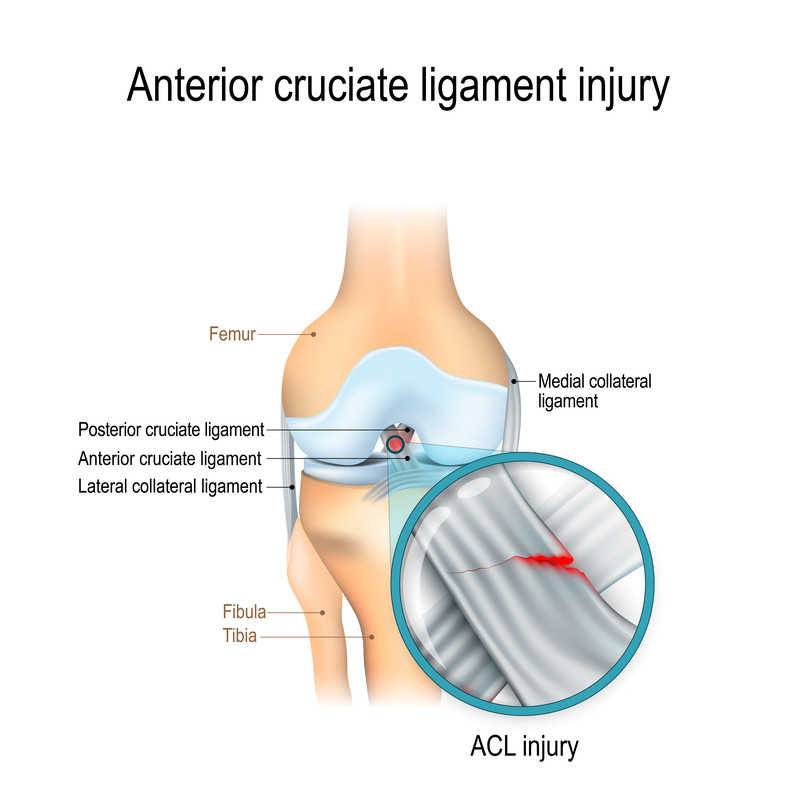
Are squats bad for your knees?
Squats, when performed correctly, are good for the knees. They provide numerous benefits by strengthening the muscles surrounding the knee joint, which leads to increased support and stability. Squats effectively target the quadriceps, hamstrings, and gluteal muscles, all of which play a vital role in knee function. To ensure that squats remain a safe and effective exercise for the knees, it is important to maintain proper form, prioritize flexibility, and progressively increase resistance. By doing so, individuals can enjoy the positive impact squats have on their knee health.
At the onset of my journey coaching female high school volleyball players, I delved into extensive research on ACL injury rates. I concluded that the most immediate and effective approach was to focus on strengthening the knee. As a weightlifting coach, I recognized the unparalleled benefits of weighted full squats. Thus, I incorporated squats into each of my athletes' workout routines, three times per week.
Initially, I encountered resistance due to the prevalent misconception in the United States that full squats are harmful to knee health. This belief often stems from an aversion to the intense effort required for full squats. To rationalize this reluctance, the myth of squats being detrimental to knee development emerged. Intriguingly, this myth is virtually non-existent in other countries.
By emphasizing the importance of full squats and dispelling the misconceptions around them, I have encouraged my athletes to embrace this vital exercise, contributing to their overall strength, performance, and injury prevention.

Volleyball Jump Training
In my early years of coaching female volleyball players, I noticed that many were selected for their height, which often translated to long femurs. As a result, these athletes tended to develop strength in their thigh muscles more slowly, relying more on hip extension and minimal knee extension. This pattern was particularly evident when landing after a jump, with very slight knee flexion. Consequently, I prioritized teaching them to properly flex their knees upon landing.
As I continued to work with these athletes, I discovered that incorporating exercises such as power jerks, power cleans, and power snatches, as well as lowering weights to the shoulders after a power jerk or push press, effectively taught them how to brake under load. This involved bending the knees while catching the weight, a motion that closely mirrors landing after a jump. By integrating these exercises into their training regimen, I have helped them develop the essential skills to safely and effectively manage their movements on the court.
Proper landing
Not all landing takes place with the feet directly under the hips. Quite often it takes place with one foot ahead of the other. To mimic this, I had my athletes perform split snatches and split cleans from blocks or the hang. This also places a premium on foot speed. I had programmed split lifts from day 1 but didn’t immediately realize their value in the knee injury prevention issue.
Block Jumping
Jumping down from a block (about 60 cm, or 24 inches) and immediately upon landing jumping back up onto a block of equal height (plyometric jumping) teaches the athlete to keep pressure on the balls of the feet. This employs the elastic energy developed to initiate the thrust of the vertical component. Landing in this fashion with minimal touch time reinforces proper jumping mechanics and minimizes the danger of excessive impact from a flat-footed landing.
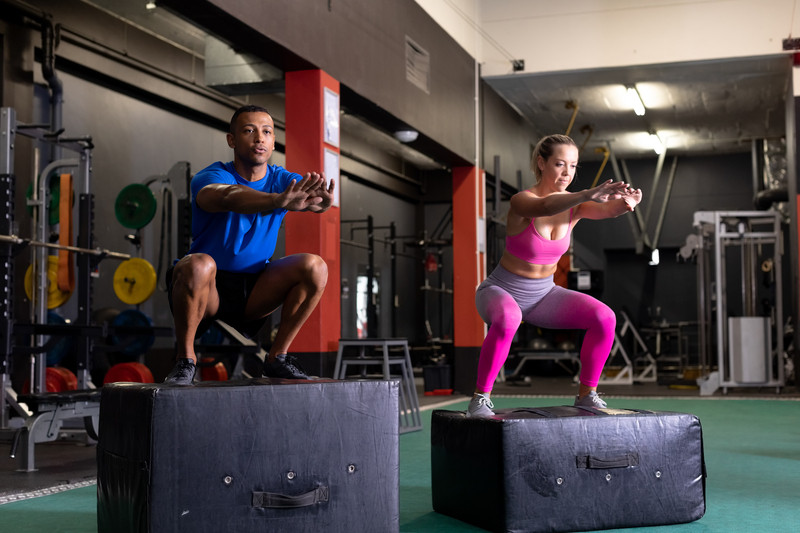
While most of my training is designed to improve the speed of movement, increase strength-to-bodyweight ratios, and improve the durability of the physical structure, I am glad to have influenced the development of my athletes in such a way that they’ve been able to avoid catastrophic knee injuries.
Videos of athletes performing the movements I employ can be viewed at the following links:
Hang Power Snatch
The hang power snatch is a variation of the Olympic weightlifting exercise called the snatch. It is an explosive, full-body movement that involves lifting a barbell from a "hang" position, typically just above the knees, and catching it overhead in a partial squat position.
Hang Power Clean
The hang power clean is a variation of the Olympic weightlifting exercise called the clean. It is an explosive, full-body movement that involves lifting a barbell from a "hang" position, typically just above the knees, and catching it on the shoulders in a partial squat position. The exercise is commonly used to develop speed, power, and technique for the full clean.
Hang Split Snatch (shown from the floor)
The split style snatch (and clean) remained popular until the 1960s, when the more efficient squat style snatch and/or clean became common. The split style is beneficial for athletes who find themselves in a lunging position in their chosen sport, such as tennis, ice hockey, volleyball, etc. The split is also a good alternative for those, especially master-aged, athletes lacking adequate flexibility to utilize an efficient squat-style snatch. It’s a good idea to train the split style using either leg forward or backward.
Hang Split Clean
The hang split clean is a variation of the Olympic weightlifting exercise called the clean, with a split stance during the catch phase. It is an explosive, full-body movement that involves lifting a barbell from a "hang" position, typically just above the knees, and catching it on the shoulders in a split squat position. This exercise can help develop speed, power, and technique for the full clean and improve overall balance and coordination.
Power Jerk
The power jerk is a variation of the jerk, which is the second part of the Olympic weightlifting movement called the clean and jerk. It is an explosive, full-body movement that involves lifting a barbell from the front rack position (resting on the shoulders and collarbones) to an overhead position while dropping into a partial squat, before standing up fully with the barbell locked out overhead. The power jerk emphasizes speed, power, and technique.
Push Press
The push press is a compound, full-body exercise that focuses on the shoulders, triceps, and legs. It involves lifting a barbell from the front rack position (resting on the shoulders and collarbones) to an overhead position using both the upper and lower body. The push press is an effective exercise for developing upper body strength and power.
Back Squat
The back squat is a fundamental lower-body strength exercise that targets the quadriceps, hamstrings, glutes, and lower back. It is performed using a barbell, which is placed across the upper back and shoulders.
Front Squat
The front squat is a lower-body strength exercise that primarily targets the quadriceps, glutes, and core, while also engaging the hamstrings and lower back. It is performed using a barbell, which is placed across the front of the shoulders and collarbones.
The Lunge
The Lunge is a unilateral lower-body exercise primarily for the gluteal and thigh muscles. It is an important assistance exercise for anyone using the split style snatch or split style clean. It is a valuable assistance exercise for those wishing to train the lower body while employing a relatively lightweight, thereby avoiding heavy loads, as in squatting.
The Overhead Lunge
The overhead lunge is a full-body exercise that targets the lower body, core, and shoulders. It is performed by holding a weight overhead while performing a lunge. The overhead lunge is excellent for developing strength, balance, and stability.
Good Morning
The good-morning is a lower-body exercise that primarily targets the hamstrings and lower back, while also engaging the glutes and core. It is performed using a barbell, which is placed across the upper back and shoulders. The good morning exercise is effective for developing posterior chain strength and flexibility.
The Press
"The press" typically refers to the shoulder press or strict press, a fundamental upper-body strength exercise that targets the shoulders, triceps, and core. It is performed using a barbell, which is lifted from the front rack position (resting on the shoulders and collarbones) to an overhead position without using any lower body momentum




